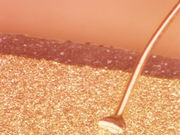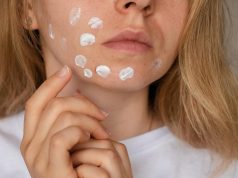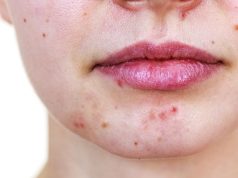Linked to thickened epidermal layer, shallow dermal papillae, dense collagen, elastic fibers
WEDNESDAY, March 1, 2017 (HealthDay News) — Use of salicylic acid peeling and microdermabrasion are associated with dermal morphological changes consistent with the repair process, according to a study published online Feb. 22 in the Journal of Cosmetic Dermatology.
Amira A. Abdel-Motaleb, M.D., from Assiut University in Egypt, and colleagues examined alterations of the dermal connective tissue after salicylic acid peeling and microdermabrasion. Twenty patients underwent facial salicylic acid 30 percent peel or microdermabrasion weekly for six weeks (10 patients in each group). Punch biopsies were obtained from the clinically normal skin of the right postauricular region one week before treatment and from the left postauricular area one week after treatment.
The researchers identified variations in morphological changes between the control and treated groups and between chemical peels and microdermabrasion. Thickened epidermal layer, shallow dermal papillae, dense collagen, and elastic fibers were seen in association with both salicylic acid and microdermabrasion. Regarding epidermal thickness and collagen thickness, there was a significant increase among the treated sites versus control sites. A highly statistically significant increase was also seen for salicylic acid versus microdermabrasion with respect to epidermal, collagen, and elastin thickness.
“Our study indicates that the use of these agents is associated with changes consistent with wound healing and cell injury,” the authors write. “Future studies are needed to elucidate the molecular events underlying these changes.”
Copyright © 2017 HealthDay. All rights reserved.








